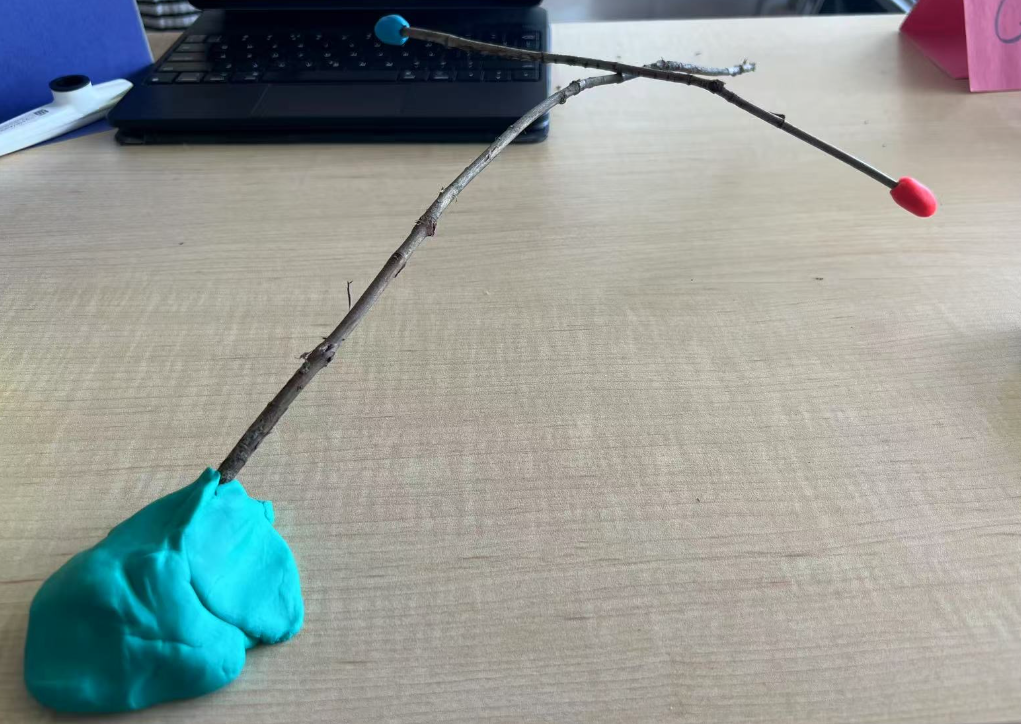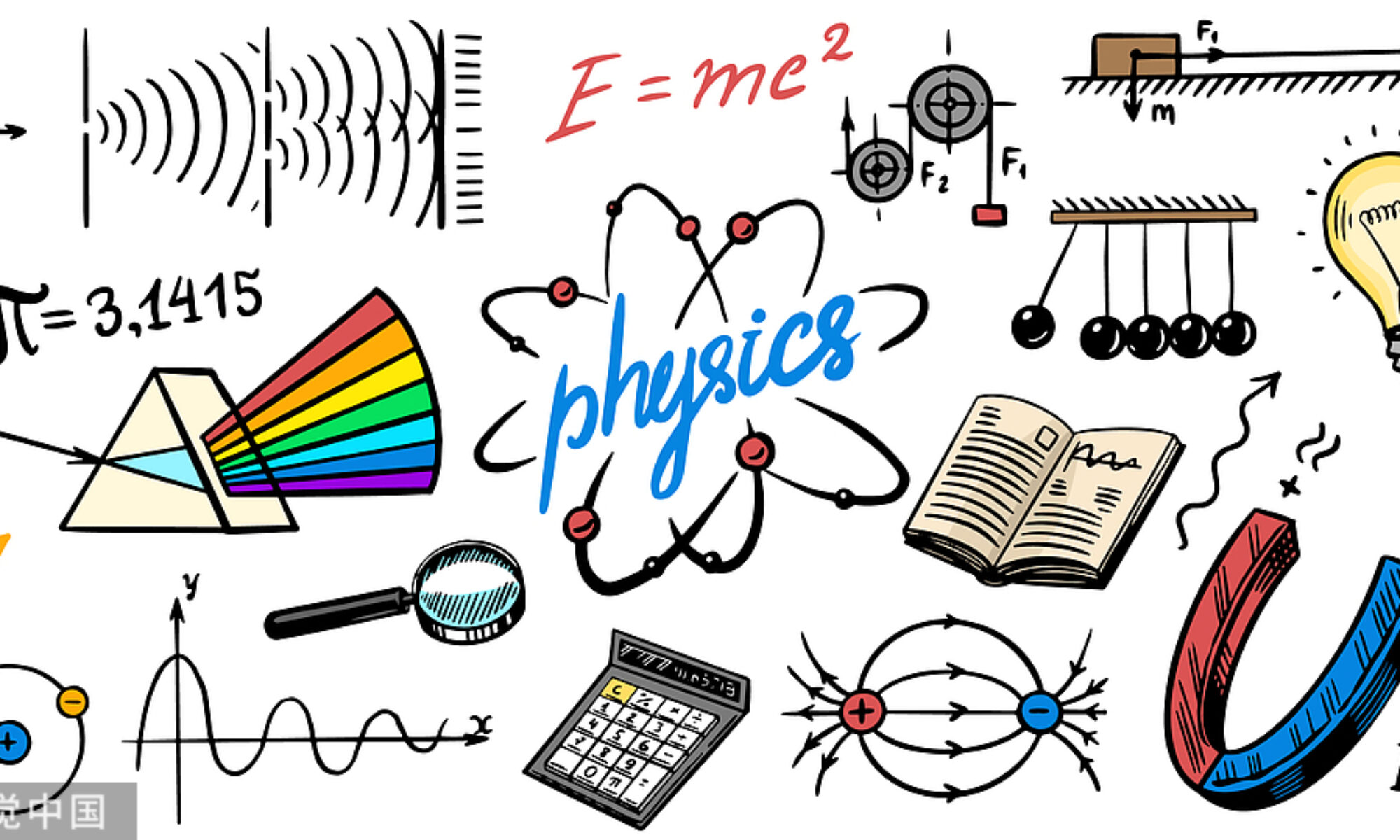Philosophy visual art (picture) & artist statement

My sculpture is called Balance, and it was inspired by my previous learning experience. The two ends of the branch represent study and life respectively, the middle branch represents students, and the base can be understood as things or beliefs that support students.
Philosophy statement
When I was studying in a public junior high school in China, I studied every day but there were hardly any entertainment activities. Because of the pressure of studying, I couldn’t spend some time with my family or friends. But when I went to high school with the BC curriculum, I had more time to find out what I like to do. This also greatly improved my learning efficiency.
So my educational philosophy is to try to let students balance study and life. If one side is too biased, the “branch” will fall. Just like if I put a lot of study pressure and homework on students, students will not be able to discover the beauty of life, but if I am too relaxed about students’ studies, it will be difficult for them to achieve academic success. So balance is very important to my education.
Professional Standards for BC Educators reflections
I learned about the First Nations only after I came to Canada to study. First of all, I felt very sad about their experience and could understand the feeling of losing their homeland.
From a historical perspective, we should face history and reflect and learn from it. In this regard, I think the Canadian government has done a good job. When designating courses, it incorporates a lot of indigenous culture and respects their traditional learning methods. On the other hand, the Japanese government still dares not admit what they did during World War II, and even lies in the compilation of textbooks.
I like the cultural inheritance model of the First Nations, which is passed down from generation to generation, which is very similar to our Chinese society. Especially when experiencing unpeaceful times, this method can ensure the continuation of knowledge and culture. I really want to apply this method to my class. Although my students are all from the same generation, I can divide them into different generations according to the degree of knowledge they have mastered. Students who have mastered the knowledge first can pass on their methods or some skills to those students who have not yet understood it. In this way, the students who teach can consolidate their understanding and the students who are taught can also learn another way to think about problems.
The second is the connection with nature. Last week, we had two classes on the TRU campus. It is a wonderful feeling to see what you have learned with your own eyes, especially when you are learning about that period of history. In my physics class, I also learn theories through experiments or by having students observe the laws of how objects in life work.
